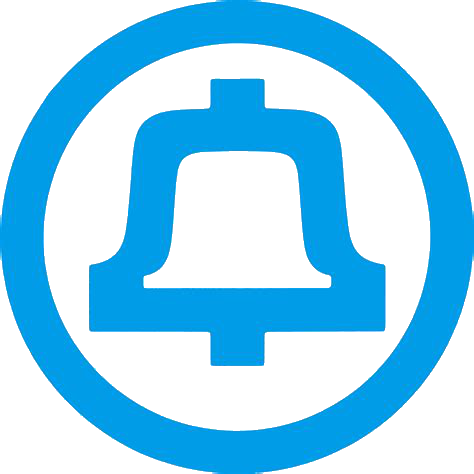Centralized Automatic Message Accounting
Centralized Automatic Message Accounting (CAMA) is a method of billing where call detail records are transferred to a central location from outlying offices. At the central location, the data is aggregated and recorded for processing into bills that can be sent to customers. The location is usually a tandem office, since in most cases, billable long distance calls will have to enter the long distance network from a tandem switching point.
CAMA is in direct contrast to LAMA (Local Automatic Message Accounting), where billing information for a telephone switch is stored locally and not transmitted elsewhere.
History
Until the 1960s, it was common for long distance calls to be handled by operators, who would connect the call, and create a billing record for it. Those billing records (known as tickets) were manually tabulated and accounted for by humans. As Direct Distance Dialing (DDD) became a real possibility, it was necessary to automate the process of billing for long distance calls. For larger, busier offices, the initial cost to outfit them for LAMA was acceptable, but for other offices, the investment of time and money for LAMA was considered to be unnecessary, or even wasteful. Because these offices still had to participate in the long distance network, it was necessary to devise another method of billing for customer-dialed long distance calls.
Technology
Long distance calls were traditionally billed to the telephone number of the calling party. Thus, all long distance calls require that the calling party be positively identified in order for billing to take place. This seemingly simple task was not possible in step-by-step, panel, and No. 1 Crossbar machines because those switches did not have a way to "know" who was placing a call. There was no automated mapping of call origination points and their associated phone numbers.
The earliest versions of CAMA used operators to identify the calling line for long distance calls. The subscriber dialed the telephone number they wished to call, and before the call was fully connected to the terminating switch, an operator in a nearby tandem office was connected in to the line. This operator asked the caller for their telephone number, and recorded this information before sending the call on its way. Calls that were handled in this manner were known as "operator identified", and the process itself became known as "ONI" or Operator Number Identification.
To accomplish the full realization of CAMA, the originating switch needed a way to automatically identify the calling party, and transmit that information to the tandem office where billing records were collected. Technology to do this was developed and called Automatic Number Identification (ANI).
